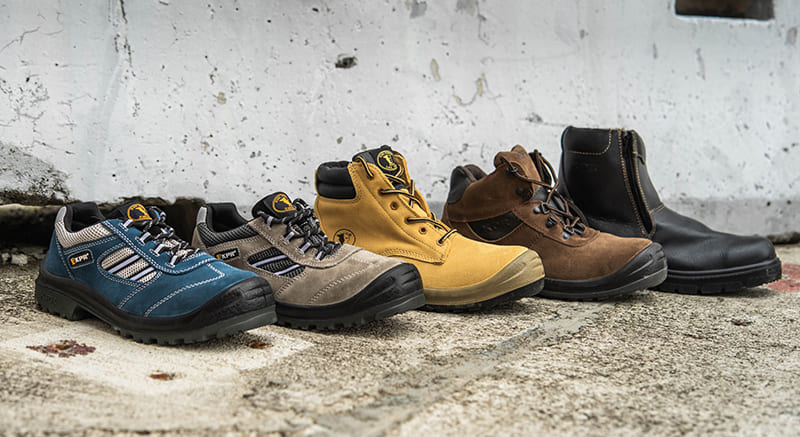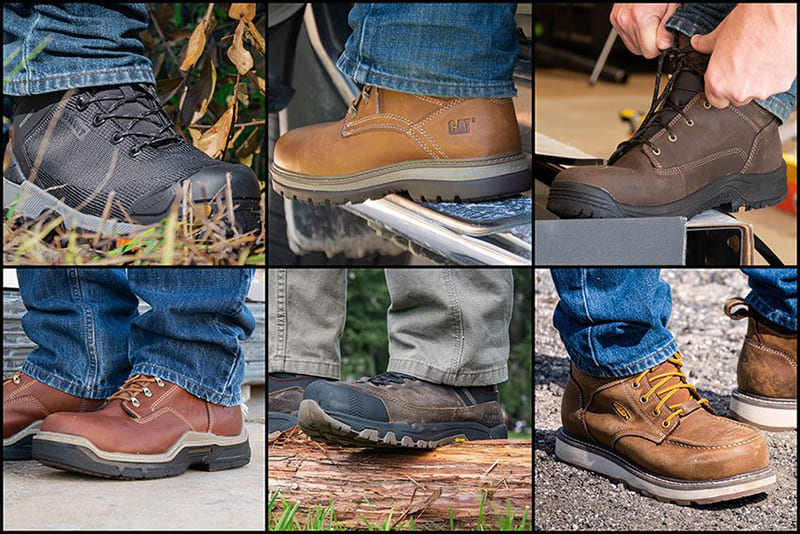The Difference Between Safety Shoes and Boots in PPE

Personal protective equipment (PPE) is an essential component in ensuring worker safety across various industries. One of the most important aspects of PPE is footwear, which plays a crucial role in protecting workers' feet from harm. In this article, we will explore the differences between safety shoes and boots.
Safety shoes and boots are both designed to provide protection to workers' feet, but they differ in their coverage and design. Safety shoes are typically low-cut and cover the foot up to the ankle. They are commonly made with materials such as leather, rubber, or synthetic materials and are reinforced with a steel toe cap to provide extra protection. Safety shoes also have slip-resistant soles to prevent slips and falls on slippery surfaces.
On the other hand, safety boots offer more coverage and protection than safety shoes. They cover the foot and extend up to the calf or knee, providing additional support and protection to the lower leg. They are often used in industries such as construction, mining, and forestry, where workers are exposed to heavy machinery, falling objects, and uneven terrain. Safety boots are also made of sturdy materials such as leather, rubber, or synthetic materials and are reinforced with a steel toe cap.

One of the main advantages of safety boots over safety shoes is their added protection against punctures and cuts from sharp objects, such as nails or broken glass. Safety boots also offer better protection against harsh weather conditions, such as rain, snow, and extreme temperatures.
When choosing between safety shoes and boots, it is important to consider the specific hazards and working conditions of the job. Safety shoes are typically used in industries such as healthcare, food service, and light manufacturing, where workers are exposed to slip and fall hazards. Safety boots are typically used in heavy industries, where workers are exposed to more hazardous environments.
In conclusion, safety shoes and boots are both essential components of PPE that provide protection to workers' feet. While safety shoes are typically low-cut and cover the foot up to the ankle, safety boots offer more coverage and protection to the lower leg. When selecting between the two, it is important to consider the specific hazards and working conditions of the job to ensure that workers are adequately protected.










